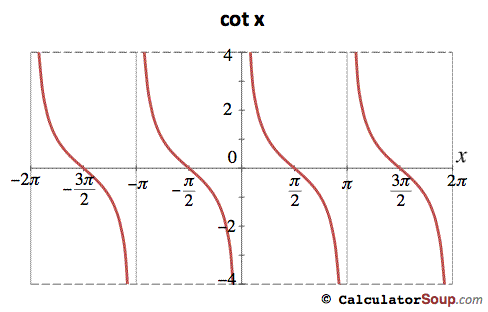1. What is continuity? What is discontinuity?
Continuity is a continuous function and a continuos function has no holes, no breaks, and no jumps. A continuous function can be drawn with a single, unbroken, pencil stroke and the graph can also be continuous if the value and limit are the same.
 |
| (http://www.conservapedia.com/images/2/2f/Br-cont-function.png) |
Discontinuity is when a graph is discontinuous, meaning that there is a hole in it, a break, a jump, and the value and limit are not the same. There are removable discontinuities, point discontinuity, and non-removable discontinuity, jump discontinuity, infinite discontinuity, and oscillating behavior. A point discontinuity has a hole in it, the limit, and the value can be above it or below it. A jump discontinuity is broken apart by a jump in the graph, meaning that the limits are approached differently left and right, a jump discontinuity cannot have two values. An infinite discontinuity has a vertical asymptote which results in unbounded behavior. Oscillating behavior is "wiggly" and there is no way in telling where the limit is reached in oscillating behavior since the graph is constantly moving up and down.
 |
(http://dj1hlxw0wr920.cloudfront.net/userfiles/wyzfiles/4a69dec7-03e0-492f-ac16-4dcd555579c9.gif)
|
 |
| (http://dj1hlxw0wr920.cloudfront.net/userfiles/wyzfiles/44bad38c-431e-4382-8fe9-86303561b2a0.gif) |
 |
| (http://www.vitutor.com/calculus/limits/images/0_268.gif) |
 |
(http://www.cwladis.com/math301/lecture%20images/infiniteoscillationdiscontinuityat1.gif)
|
2. What is a Limit? When does a limit exist? When does a limit not exist? What is the difference between a limit and a value?
A limit is the
intended height of a graph. It exists when a certain limit is reached left and right, when there is a
hole, and if the graph does not break at a given x-value. A limit does not exist when there is a
jump discontinuity, when there is
oscillating behavior, and when there is
infinite discontinuity. The limit cannot exist at a jump discontinuity since the points are different left and right, a limit cannot exist at an infinite discontinuity because of a vertical asymptote that is present, and it cannot exist in oscillating behavior because the graph keeps moving up and down and there is no way to be certain where the limit touches the graph. The difference between a limit and a value is that the limit is the
intended height and the value is the approximate height.
3. How do we evaluate limits numerically, graphically, and algebraically?
A limit can be evaluated numerically by using a x-y table. We put the certain value that x is approaching in the middle and the limit it is approaching left and right of the table. Then we find the y values by plugging our equation into our graphing calculator and tracing it. Limits can be evaluated graphically by placing your fingers to the left and right of a limit and if your fingers meet then the limit exists, if your fingers do not meet then the limit does not exist due to different left and right, a jump discontinuity. Limits can be evaluated algebraically using direct substitution, the diving out/factoring method, and the rationalizing/conjugate method. Direct substitution is just plugging in the number and you might end up with a numerical answer, 0/#, or 0, #/0, the limit does not exist, or 0/0, indeterminate form. If you end up with 0/0 then you should try using the other two methods to solve the problem. The dividing out/factoring method is used when you have indeterminate form. Before using this method you should try direct substitution and if you end up with indeterminate form then go ahead and factor the numerator and denominator and cancel anything that needs to be canceled out. Once you finish canceling stuff out you should use direct substitution again. The rationalizing/conjugate method is just multiplying by the conjugate of the numerator or denominator depending on where the radical is and then you should FOIL. You should get something that cancels out and once some things are canceled out, try direct substitution again. That reminds me, you should use direct substitution before using this method as well.
Sources:
http://www.vitutor.com/calculus/limits/images/0_268.gif
http://dj1hlxw0wr920.cloudfront.net/userfiles/wyzfiles/44bad38c-431e-4382-8fe9-86303561b2a0.gif
http://www.conservapedia.com/images/2/2f/Br-cont-function.png
http://www.cwladis.com/math301/lecture%20images/infiniteoscillationdiscontinuityat1.gif
http://dj1hlxw0wr920.cloudfront.net/userfiles/wyzfiles/4a69dec7-03e0-492f-ac16-4dcd555579c9.gif































